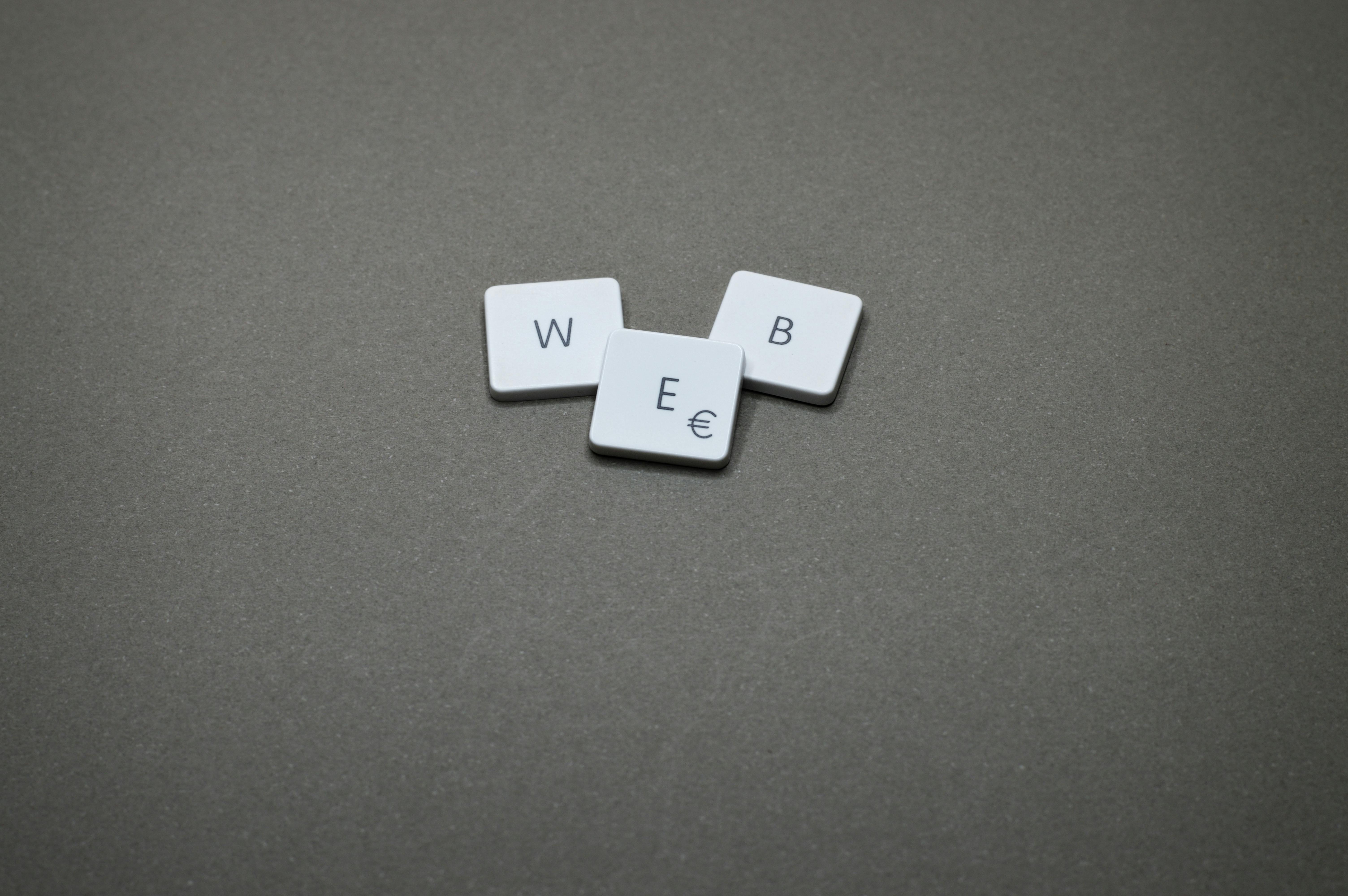Now that you have the basic format for your eBook, it’s time to move on to the finer details. Here are some more tips for formatting your eBook in Word and turning it into a PDF file.
Illustrations. Ebooks often include photos, images, graphics, and other illustrations. However, it’s important to realize that because illustrations contribute to a larger file size, some eBook publishers only accept text submissions.
There’s more than one way to add illustrations to your eBook, but one method is to use a scanner and then convert the images to .gif or .jpg files. You can then format the photos any way you like using software like Photoshop or GIMP.
You can’t really add illustrations directly in Word (you can, but it’s a pain), so if you plan to create an image-heavy eBook, it’s a better idea to use a desktop publishing program. Always leave a sufficient margin between the illustration and the text, and add captions where necessary.
Front matter. This includes the title page, a copyright page, acknowledgments, and a table of contents. To put together the copyright page, take a look at the copyright page of a printed book and use the same format and information, using your own name and book title, of course. Skip unnecessary items, such as information from the Library of Congress. The only time you will need an ISBN number is if you are going to sell electronic copies of the book on disc at a later date.
The table of contents is easy: Word automatically generates a table of contents when you use “Headings” formats for chapter headings and subheadings.
With an ebook, it’s best to label the first page “Page 1,” even if it’s the title page. Printed books don’t follow this format, but it works well for eBooks.
The subject line above refers to all the information you choose to include at the end of the eBook, such as a table of contents, a biography, and contact information. Here you can also advertise other books you are selling.
Acrobat Time
Now that you have everything formatted in Word, it’s time to convert the file to PDF format. This is very easy to do. Just use the “Print” command in Word and choose “Save as File” from the “General” dropdown menu. Select “Acrobat PDF” as the file type and choose “Destination” as the “File”. Click the “Print” button and voila! Your file is now a PDF and can be read in Adobe Acrobat. Or, you can visit the Adobe website and convert the eBook for free online.
If you own a full version of Acrobat, there are more options to play with. For example, the full program allows you to link to all the URLs in the ebook – underline the links or put them in a different color so they stand out and your readers don’t miss them. There is no point in creating direct links in the original Word document, as they will disappear during the conversion process anyway. Save this step for Adobe.


